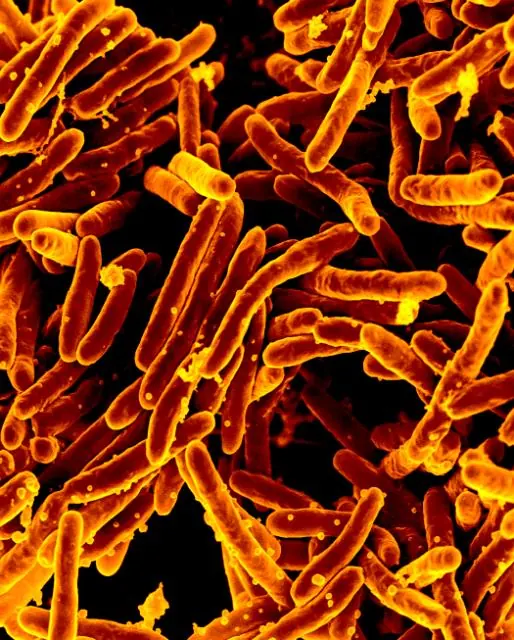Phenotypic variation by single-cell analysis: TREATABLE
The goal of the TREATABLE is to target phenotypic variation to enhance tuberculosis therapy.

In 2020, tuberculosis was responsible for 1.5 million deaths worldwide, making it the second leading infectious killer. The United Nations aims to reduce tuberculosis incidence and mortality by 2030 drastically.
Even though the incidence steadily falls by about 2% yearly, it is only half as much as needed to reach the target.
An aggravating factor lies in the increase in drug-resistant Mycobacterium tuberculosis (Mtb, the pathogen of tuberculosis).
Tuberculosis is a curable disease, which requires a combination of four drugs with a cure rate of 85% for the drug-sensitive form but a more complex medication for the drug-resistant strains, lowering the cure rate down to 50%.
Due to its clonal population structure, Mtb’s ability to form phenotypic variants relies not only on genetic mutations but also on non-genetic bases, which can be induced or enhanced by a complex interplay with its environment.
We hypothesize that this phenotypic variability is key in the persistence of Mtb and is an effective leverage to develop new therapeutics.
Even though the study of tuberculosis persistence is evolving, it is essential to go beyond observations averaged over a population and to foster studies on sub-populations on which the mechanisms of phenotypic variation can be isolated.
Targeting phenotypic variation by single-cell analysis: project description
TREATABLE project (Target phenotypic variation to enhance tuberculosis therapy) aims to use the partners’ skills in cell biology, microfluidics, and drug chemistry to assess the effectiveness and the activity of novel drugs on drug-resistant Mtb single-cells.
An existing microfluidic platform will be upgraded through a large-scale, robust, and fast fabrication process and the addition of media controllers (pH and atmosphere) to enable a stable multiphasic time-lapse imaging of Mtb single cells exposed to a collection of compounds. The compounds will be selected from an extensive chemical library based on their putative anti-persistence ability.
Synergetic effects with existing drugs will be explored. The understanding gained on the mechanisms of phenotypic variation of Mtb might also be transposed to other persistent infections and pave the way towards the elaboration of new therapies.
Microfluidics will play a critical role in parallelizing the experiments, allowing us to explore and compare a more significant amount of chemicals. It will also be vital in achieving a subpopulation observation on which phenotypic variation mechanisms can be observed.
We believe this project will contribute to a breakthrough in further developments in tuberculosis therapeutics and the understanding of single-cell dynamics.
The consortium gathers well-established partners from France with the Institut Pasteur (coordinator), the Université de Caen Normandie on the academic side, and the Microfluidics Innovation Center and BlackHole Lab on the industrial side.
This project has received funding from the French Agence Nationale de la Recherche (ANR) with project ID: ANR-21-CE15-0045 (TREATABLE).
Start date: 1 January 2022
End date: 31 Dec 2026
